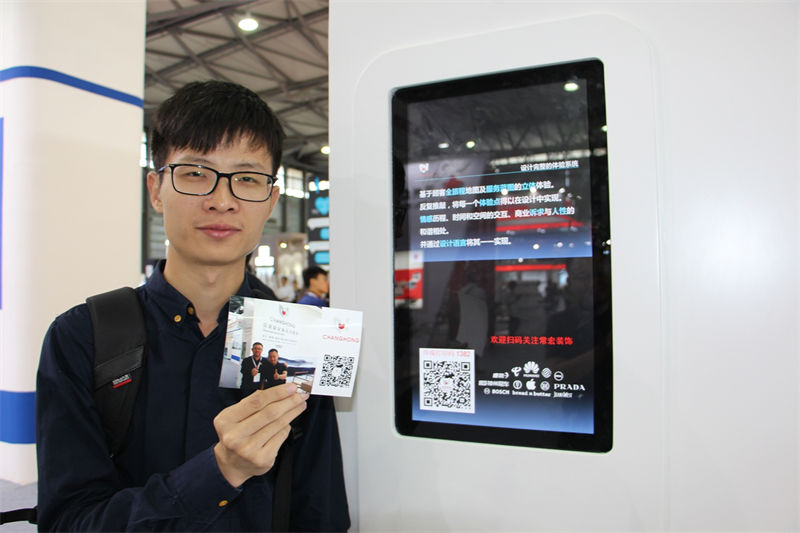نومبر . 03, 2024 13:43 Back to list
self-service stores
The Rise of Self-Service Stores Revolutionizing Retail Shopping
In recent years, the landscape of retail shopping has undergone a significant transformation, driven largely by the emergence of self-service stores. These innovative shopping environments empower customers to take control of their shopping experience, offering convenience, flexibility, and efficiency. This article explores the key characteristics, benefits, and future potential of self-service stores in the retail industry.
Self-service stores typically operate on a model that allows customers to browse, select, and purchase products without the assistance of staff members. This concept is not entirely new; however, advances in technology have catalyzed its widespread adoption. Modern self-service stores often feature automated checkout systems, interactive kiosks, and mobile payment options. Customers can scan items as they shop, review their selections in real time, and complete transactions seamlessly with the tap of a finger.
One major advantage of self-service stores is the convenience they offer. Shoppers can visit these stores at any time, avoiding long lines and the need to interact with cashiers. This is particularly appealing in urban settings where time is of the essence. Furthermore, the self-service model fosters a more relaxed shopping atmosphere, allowing customers to browse at their own pace without feeling pressured by staff members.
Another key benefit of self-service stores is the potential for cost savings. By reducing the need for as many employees, retailers can lower overhead costs and pass these savings onto customers through competitive pricing. This strategy has proven to be effective, particularly in the grocery and convenience store sectors, where price sensitivity is high. Additionally, self-service technology minimizes human error, enhancing the accuracy of transactions and inventory management.
self-service stores

The advent of data analytics has also played a crucial role in the success of self-service stores. Retailers can gather valuable insights into consumer behavior and preferences by tracking shopping patterns and purchase histories. This information enables them to tailor marketing efforts, optimize inventory, and enhance the overall shopping experience. For customers, personalized recommendations can lead to greater satisfaction and repeat visits.
However, the rise of self-service stores is not without its challenges. Concerns regarding privacy and security are prevalent, especially as shoppers share personal information to access certain services. Retailers must implement robust security measures to protect customer data and build trust. Additionally, some customers may feel alienated in a completely automated environment, preferring the personal touch of human interaction.
Looking ahead, the future of self-service stores appears promising. As technology continues to advance, we can expect further innovations that enhance the self-service shopping experience. For example, artificial intelligence and machine learning could facilitate even more personalized shopping experiences, while augmented reality might transform product visualization.
In conclusion, self-service stores are rapidly reshaping the retail industry, offering customers a convenient and efficient way to shop. While challenges remain, the benefits of this model are undeniable. As technology evolves, we can anticipate a future where self-service stores become even more integrated into our daily shopping habits, catering to the evolving needs of consumers in an increasingly fast-paced world. Retailers that embrace this trend and adapt to changing consumer preferences will likely thrive in the years to come.
-
The Benefits of Electronic Shelf Labels for Modern Stores
NewsJul.01,2025
-
Space-Saving Retail Store Furniture Designs for Small Shops
NewsJul.01,2025
-
Slatwall vs. Gridwall: Which Store Fixture is Right for Your Business?
NewsJul.01,2025
-
Shop Fittings: Essential Elements for a Functional Retail Space
NewsJul.01,2025
-
How to Design a Minimalist Cosmetic Shop Display
NewsJul.01,2025
-
Creative Clothes Shop Display Ideas to Attract More Customers
NewsJul.01,2025


















































































































